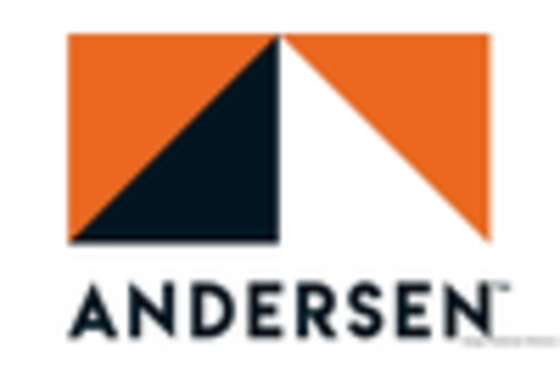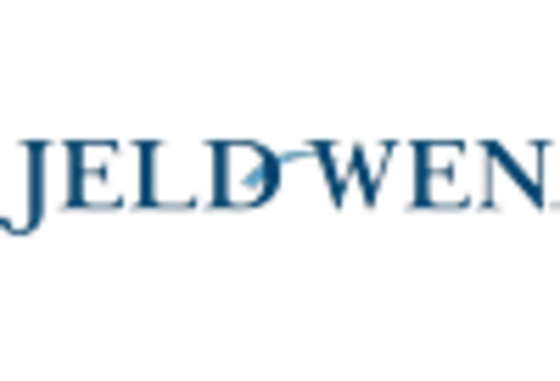Market Trends
Key Emerging Trends in the Interior Doors Market
The interior doors market has been witnessing several notable trends in recent years, driven by changing consumer preferences, advancements in technology, and shifts in the construction and home renovation sectors. One significant trend in the market is the increasing demand for customizable and aesthetically pleasing interior doors. Consumers are seeking doors that not only serve functional purposes but also enhance the overall interior design of their homes or commercial spaces. As a result, manufacturers are offering a wide range of options in terms of materials, finishes, and designs to cater to diverse consumer preferences. From traditional wooden doors to modern designs incorporating glass, metal, or composite materials, the market is witnessing a proliferation of choices to meet the evolving demands of consumers.
Another key trend shaping the interior doors market is the growing focus on energy efficiency and sustainability. With an increasing emphasis on environmental conservation and energy-saving solutions, there is a rising demand for doors that offer better insulation properties and are made from eco-friendly materials. Manufacturers are responding to this trend by developing interior doors with enhanced thermal insulation capabilities, such as those incorporating advanced insulation materials or featuring multi-layered construction. Additionally, there is a growing preference for doors made from sustainable materials such as engineered wood, bamboo, or recycled materials, reflecting the broader shift towards eco-conscious consumerism.
Technological advancements are also driving innovation in the interior doors market, with manufacturers leveraging digitalization and automation to improve product quality and efficiency. Advanced manufacturing techniques such as computer-aided design (CAD), computer numerical control (CNC) machining, and robotic assembly have enabled manufacturers to produce doors with greater precision and consistency. Furthermore, technological innovations have led to the development of smart interior doors equipped with features such as integrated sensors, electronic locks, and remote control capabilities, catering to the growing demand for smart home solutions.
Moreover, the interior doors market is experiencing growth due to the expanding construction and real estate sectors worldwide. With increasing investments in residential and commercial construction projects, particularly in emerging economies, there is a rising demand for interior doors for new construction as well as renovation projects. Additionally, the growing trend towards open-plan living spaces and modern architectural designs is driving the demand for interior doors that offer seamless integration with the overall interior design while providing privacy and functionality.
On the other hand, the interior doors market faces challenges such as fluctuating raw material prices, supply chain disruptions, and increasing competition from alternative materials. Fluctuations in the prices of wood, glass, and other materials used in door manufacturing can impact production costs and profit margins for manufacturers. Moreover, disruptions in the global supply chain, such as those caused by the COVID-19 pandemic, can lead to delays in manufacturing and delivery schedules, affecting market dynamics. Additionally, the rising popularity of alternative materials such as fiberglass, steel, and composite materials poses competitive challenges for traditional wood-based interior door manufacturers.

















Leave a Comment